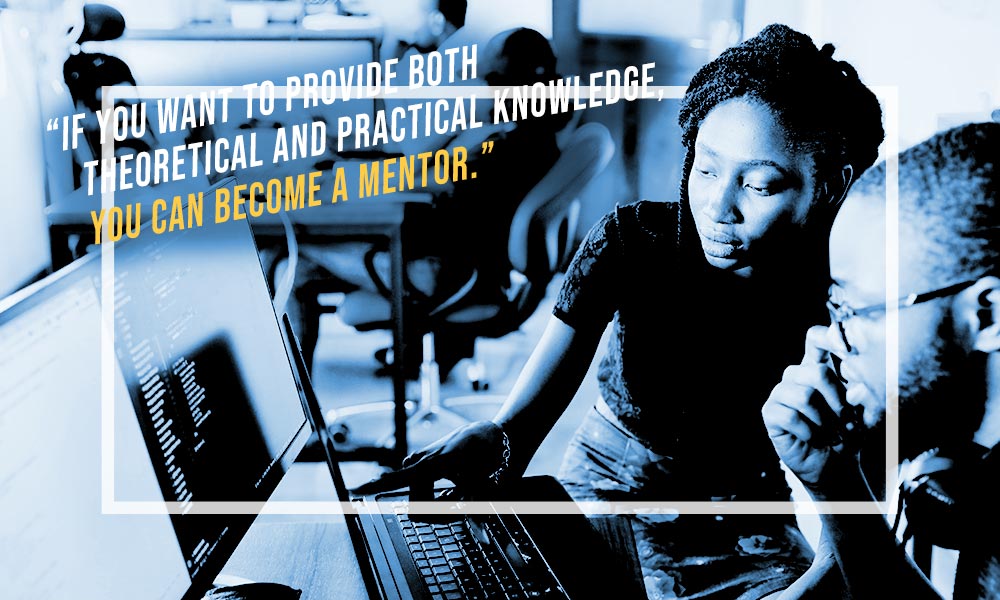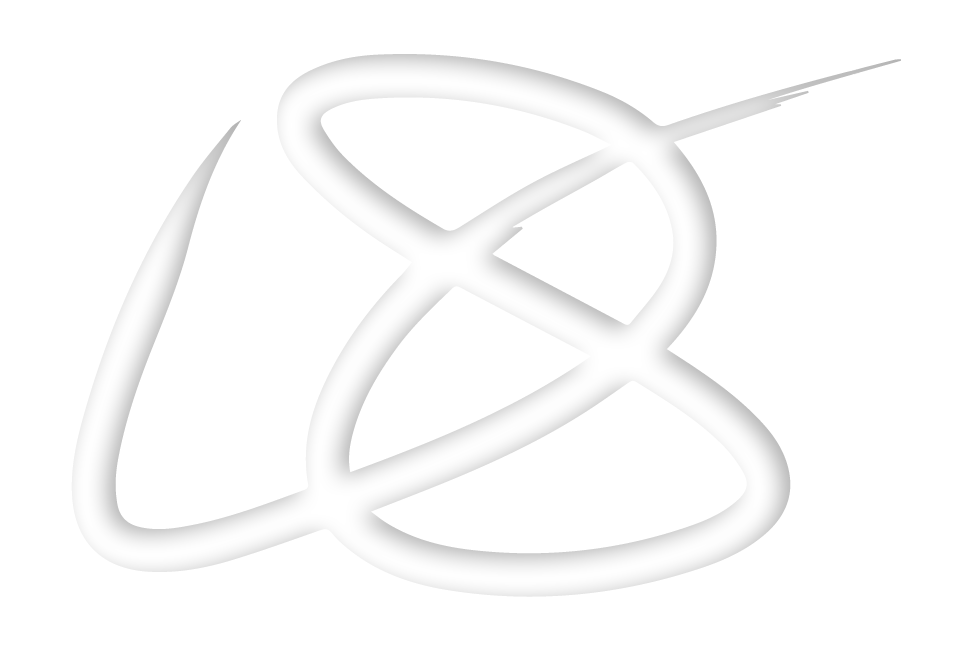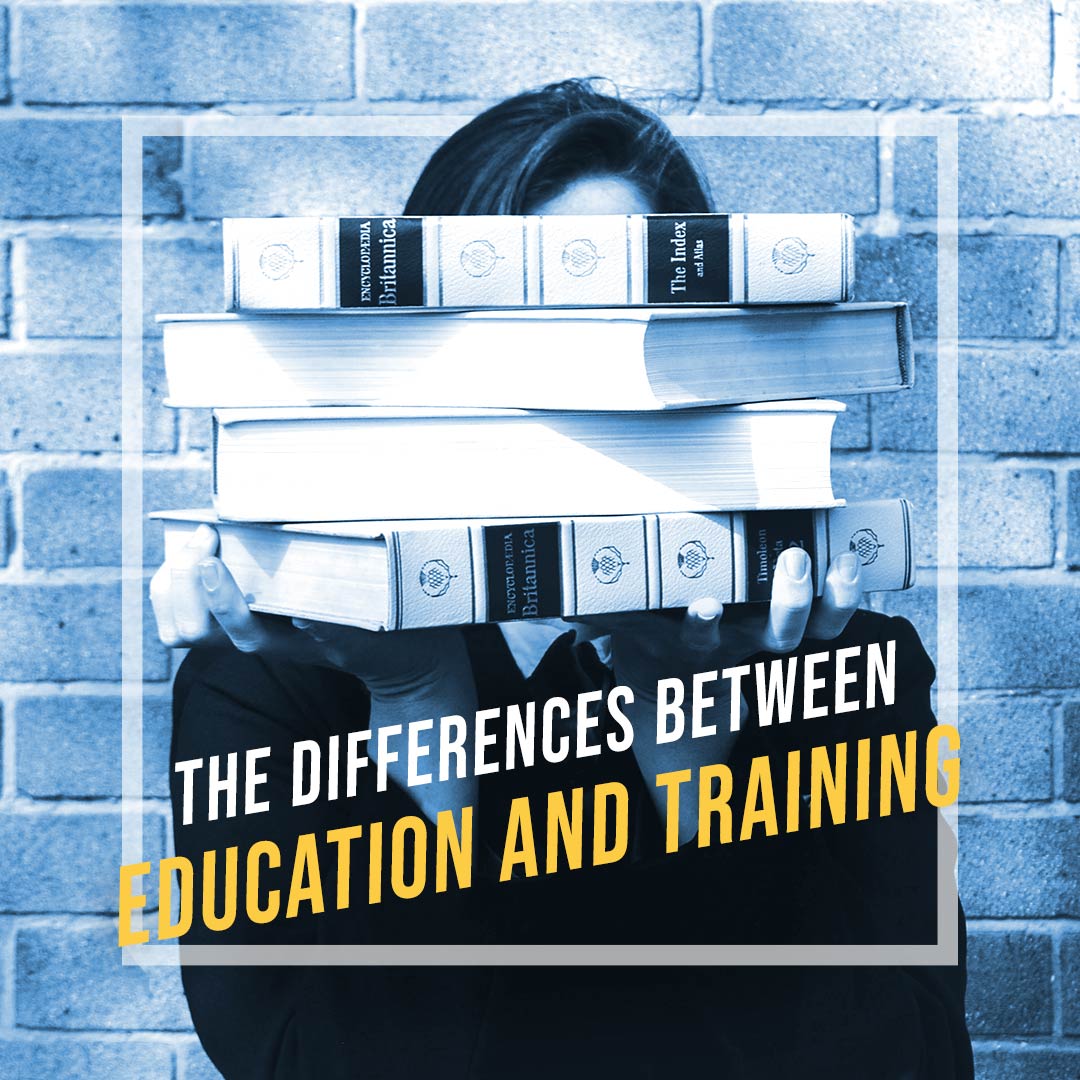Chances are, you’ve used the terms “education” and “training” interchangeably for most of your life. But did you know these two terms actually have incredibly different definitions?
Education is the process of systematic learning. An educator helps students understand theories through spoken and written concepts. Training, on the other hand, puts theories into motion. A trainer provides hands-on guidance to teach about specific skills and behaviors.
If you’re in the eLearning or knowledge broker industry, or want to start a career as a self-educator, you must be able to differentiate between education and training. Understanding what sets the two apart will help you discover what you truly offer to your students.
Are you an educator who teaches theories, or are you a trainer who helps develop hands-on skills?
In this blog, we dive into the difference between education and training, complete with education and training definitions. We also help you decide which path is best for your self-education journey. Let’s get started!
What is Education?

In fancy terms, education can be described as an acquisition of knowledge. In more simple terms, it can be described as a process of understanding. It allows students to develop a sense of reasoning about a certain topic.
Education focuses on theoretical knowledge. In other words, it discusses the ideas surrounding a specific subject, like values, beliefs, facts and principles. For example, math is a type of theoretical knowledge. Educators teach it based on established values, principles and formulas. While math skills can be applied to real-life scenarios—such as filing taxes or establishing a mortgage—they exist mainly as non-physical ideas.
In the past, education was restricted to classroom learning. Nowadays, education can happen anytime, anywhere, (a trend furthered by the COVID-19 pandemic). Educators no longer need to rely on traditional high school or college settings to teach students skills for future jobs.
Education can take the form of online courses, podcasts and even life-changing books. Anyone with valuable theoretical knowledge to share can become an educator, both in-person and online.
What is Training?

Where education focuses on theoretical knowledge, training focuses on practical knowledge. This means that training goes beyond the basic understanding of a theory. Instead, training teaches students how to practically apply that theory in their own lives.
In other words, training is a practical application of skills that can be used in real-world scenarios. Training helps students develop new skills for future jobs. It also helps them improve their competency in skills they already have. Training can be specific to a student’s needs, particular job or career, or skills-gap. For instance, learning how to use a new project management software is a type of training.
Similar to education, a new wave of eLearning has allowed trainers to teach students using the digital landscape. While training is most often hands-on, an in-person environment can be replicated through 3-D models, webinars and live chats that coach students through the learning process. Both in-person and online training programs can guide a student to confidently navigate a new system or set of skills.
Education vs. Training: What are the Key Differences?
Technically speaking, education and training both fall under the same ‘teaching’ umbrella. So, it’s no wonder why people easily confuse the two. However, the next time you mix up the terms education and training, think of this example.
Imagine your teenager just told you they enrolled in a sex education course at school. No harm there, right? Now, instead, imagine your teenager just told you they’re planning to take part in a sex training course at school. That’s an entirely different story! As you can see, the difference between education and training is more significant than you may have thought!
Education Is Ideas-Based. Training Is Skills-Based.
The main difference between education and training is that one teaches theoretical knowledge where the other teaches practical knowledge. Education courses are about developing a student’s understanding of theories, facts, events, and other ideas. Training courses allow students to apply their knowledge in a practical, hands-on way, either by developing new skills or building upon existing ones.
Education is ideas-based. With education, you provide students with abstract information. You want to deepen a student’s knowledge base on a certain subject. Training is skills-based—so with training, you teach by doing something hands-on. In this way, training helps students acquire the skills they need to perform certain tasks rather than simply knowing in theory how to do them. For example, someone can be educated about what goes on under the hood of a car, but they must be trained in order to fix it.
Not sure which branch of teaching best describes your abilities? We’ve got you covered.
Training vs. Education: Which Should You Offer?
Now that you know the difference between education and training, you might be wondering which better suits your path. Are you an educator or a trainer? Of course, you should never feel like you have to restrict yourself to just one label. Ideally, however, you want to select the role that best matches your skill set.
So, think about how you act in your present job:
- Do you tell colleagues or clients how to do something, or do you show them how to do it?
- Are you an avid reader and writer, or do you prefer to be more hands-on?
If you prefer telling rather than showing, or ideas rather than action, you’re probably better-suited to be an educator instead of a trainer. On the other hand, if you prefer to be more hands-on and show people how it’s done, you’d likely prefer being a trainer.
Again, there’s absolutely no wrong answer here! People need fantastic educators to learn new ideas, and they also need wonderful trainers to apply new skills. Whichever you choose to offer your students depends on your individual strengths and preferences.
Mentorship: The Power of Education and Training Combined
If you’re having trouble choosing between education vs. training, we have some good news for you: You might not need to choose after all! If you want to provide both theoretical and practical knowledge, you can become a mentor.

With certain jobs, you have to choose either teaching ideas or coaching—but not with mentoring. Mentoring consists of sharing both theoretical knowledge and practical skills. In this way, a mentee learns the theory and how to apply the theory in real life.
For example, imagine if a mentee set a goal to learn more about project management. A mentor could then teach them the theories behind and the practical application of project management. They could teach them about the project life-cycle, as well as the software skills needed to set the project in motion. As you can see, the mentor can share the ideas surrounding project management, as well as the practical skills the mentee would need in a future job.
Mentorship combines the hands-on approach of training with the idea-rich curriculum of education. Mentors can split their time between teaching abstract concepts and teaching tangible skills. If you choose to become a mentor, you can offer students the powers of education and training combined!
Educator, Trainer or Mentor? You Decide!
With the definitions of education, training and mentorship under your belt, there’s just one question left to answer: Are you an educator, trainer or mentor? Remember, there’s no wrong answer! There’s only what feels best for you.
It’s just like Dean Graziosi always says, “The time will pass anyway. You can either spend it creating the life you want or living the life you don’t. The choice is yours.” Choose to become the knowledge broker that feels most authentic to who you are. The rest will fall into place with hard work and a positive mindset.
Did you learn something new from today’s article? Tell Dean directly by sending a message to 480-400-9019 (his personal cell!) today!



